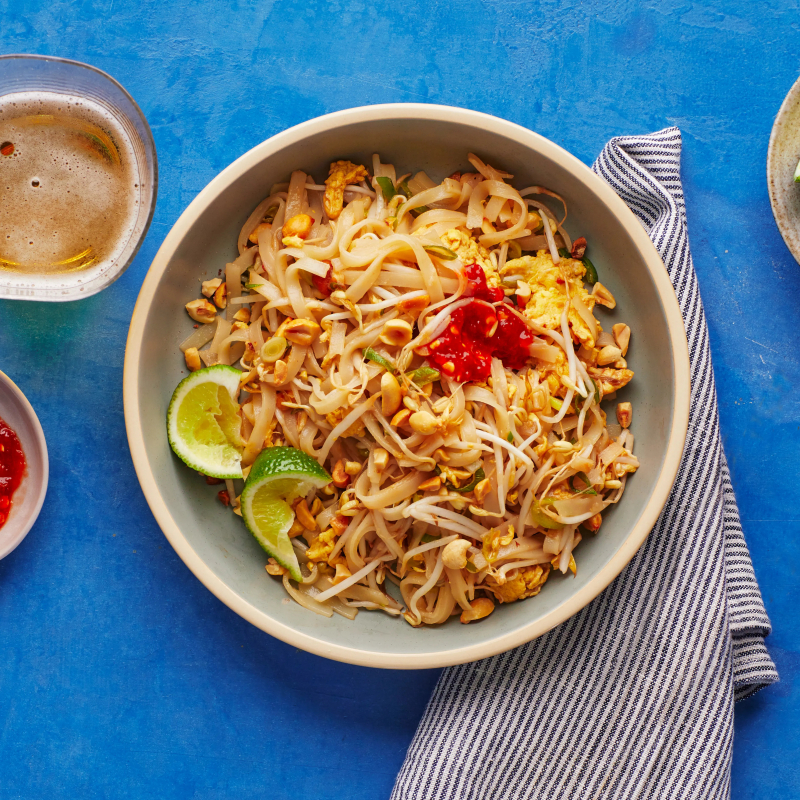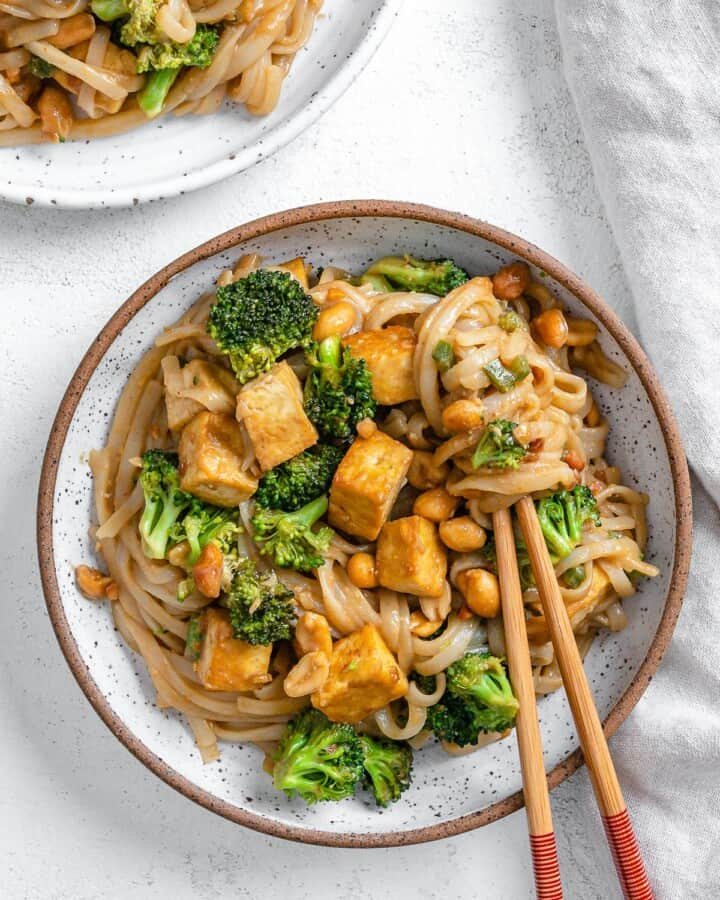Pad Thai
Pad Thai is not only a delicious dish but also an integral part of Thai culinary heritage. Its origins can be traced back to the 1930s when Thailand was experiencing rapid social and economic changes. The country's leaders, concerned about a potential rice shortage, sought to promote the consumption of noodles as an alternative staple food.
During World War II, Thailand faced a shortage of rice due to disruptions in the global rice trade. The government launched a campaign called "Noodle is Your Lunch" to encourage people to consume noodles instead of rice. As a result, various noodle dishes gained popularity across the country, and Pad Thai emerged as a favored choice among the masses.
Pad Thai's recipe was created by blending different influences like Chinese stir-fry techniques and Thai flavors. The dish typically consists of stir-fried rice noodles, shrimp, tofu, eggs, bean sprouts, green onions, and crushed peanuts. The real magic lies in the tangy and flavorful sauce made from tamarind paste, fish sauce, sugar, and lime juice. This combination of ingredients creates a tantalizing balance of sweet, sour, and savory flavors.
Over time, Pad Thai has become not just a beloved street food but also an iconic representation of Thai cuisine. It can be found in virtually every Thai restaurant around the world, gaining popularity among both locals and tourists alike.












